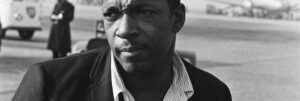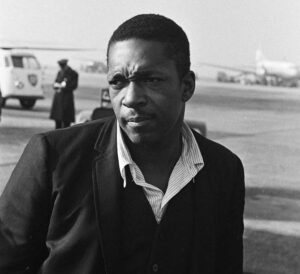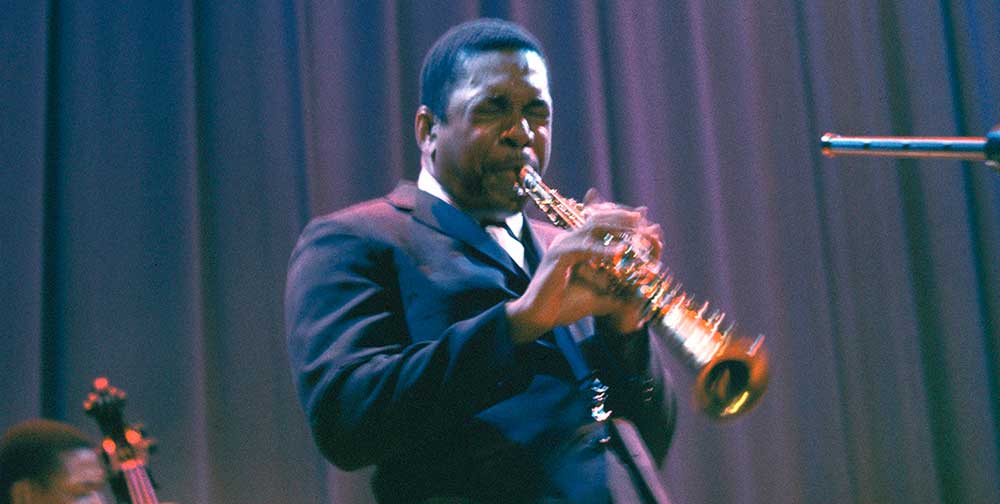To mark the 60th anniversary of John Coltrane’s spiritual jazz masterpiece “A Love Supreme” – Impulse! is releasing a faithfully remastered vinyl edition of the record. It will be presented in mono for the first time in over 50 years. Nashville based mastering engineer Ryan Smith took the original analogue tapes of the beloved album, creating a new version that is immediate and will allow listeners to come to Coltrane’s vision afresh. But why mono and how does it enhance the listening experience?
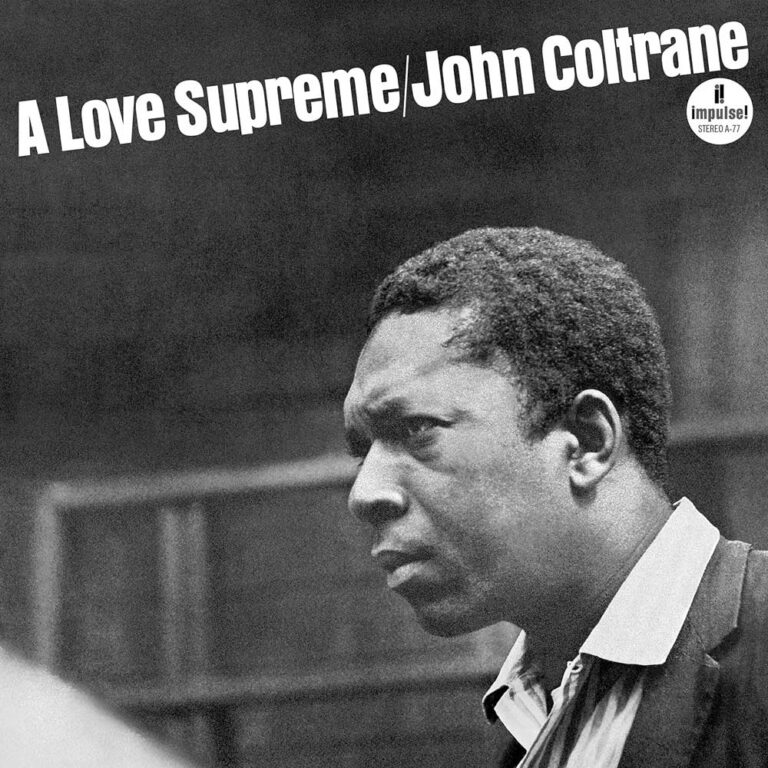
JOHN COLTRANE A Love Supreme (Monophonic Edition)
Available to purchase from our US store.What is the difference between mono and stereo?
These days we’re accustomed to hearing recorded music in stereo, which has a left and a right channel. Different parts of the recording can be split between the two channels, and the corresponding left and right speakers of a typical stereo audio system. This impacts the listener’s perception of the sound and for decades, we’ve taken it for granted.
At the time “A Love Supreme” was recorded, most people had mono systems, which present the sound as one. Ryan Smith is clear on the relationship between the stereo and mono recordings of the album at the time of its inception – “when it was recorded, the stereo was thought of as secondary to the mono version. There’s been a resurgent interest in mono recordings of these classics as it was what the musicians were paying most attention to in the studio”.
Working on this edition of “A Love Supreme”, wasn’t the first time Smith had remastered the record, he’d in fact done it several times previously. He worked from an early tape copy that had been used for European production. Other versions had been damaged beyond repair over the years. He has a sense of awe in his voice as he recalls taking delivery of it. “I took the tape out of the box and the original dates were on there. I was holding it thinking, this has at some point been in the same room as John Coltrane and all the original people who worked on it. I was holding a piece of history”.
Going back to Rudy Van Gelder’s techniques
When setting out to create the new mono version of the album, Smith did his homework, digging into records of legendary studio engineer Rudy Van Gelder’s approach – “he was recording to a two-track machine, but listening to it in mono. When he did playbacks to the band, it was in mono”. Smith’s new version will give listeners a window on how Coltrane may have first heard the recordings.
Throughout the 1960s stereo became more prevalent, but when “A Love Supreme” was recorded, “it was in its infancy and the stereo mixes were really quite experimental” states Smith. Over time, certain practices with the technology became more or less standardised. However, the original stereo version of “A Love Supreme” doesn’t conform to what listeners would come to expect later – “the saxophone is hard on the left channel and the drums are hard on the right, with the piano and bass more or less in the middle”. Later convention would put the lead element, be it vocals or in this case the saxophone of Coltrane, in the middle.
For smith, his mono version is all about authenticity and as he puts it, “getting the listener closer to hearing it live”. With the elements brought together into one signal from the original stereo tape, he could create the experience of being right in front of the musicians. The effect is immediate, raw and will give record collectors who have loved the album over time a new perspective on it.
A first in fifty years
With the original mono vinyl of “A Love Supreme” being out of print for so long, the only way for a fan to hear this version would be to track a copy down on the second-hand market. In many cases, fifty-year-old records will of course be in a poor condition. Any that are in a better state will come at a premium.
A reissue like this 60th anniversary edition of Coltrane’s classic, is as Smith sees it “a premium product”. It presents the music in a form not available commercially for half a century, while giving fans a high-quality vinyl presented in a beautiful gatefold sleeve.
With his process for remastering a classic, Smith is very aware of the temptation to change too much, aiming wherever possible to keep to the record’s original artistic intention. With that in mind, he always insists on seeking out an original mono pressing, which he did in this case. He uses the technology at his disposal to, as he puts it “improve on the sound a little”, while “not trying to reinvent the wheel”.
When stereo is the norm, it is easy to overlook how it impacts our perception of a piece of music. Many of the great jazz records of the 1960s were recorded when the technology was in its infancy and there weren’t such established practices for its use.
By lovingly revisiting original tapes and creating an urgent, direct rendition of an album’s sound through a mono remaster, engineers like Ryan Smith can bring listeners closer to the original intention of a release. For record collectors such renditions offer a chance to reappraise the music, hearing something fresh in well loved classic recordings.

JOHN COLTRANE A Love Supreme (Monophonic Edition)
Available to purchase from our US store.Andrew Taylor-Dawson is an Essex based writer and marketer. His music writing has been featured in UK Jazz News, The Quietus and Songlines. Outside music, he has written for The Ecologist, Byline Times and more.
Header image: John Coltrane. Photo: Gelderen, Hugo van / Anefo. Nationaal Archief, CC0.
